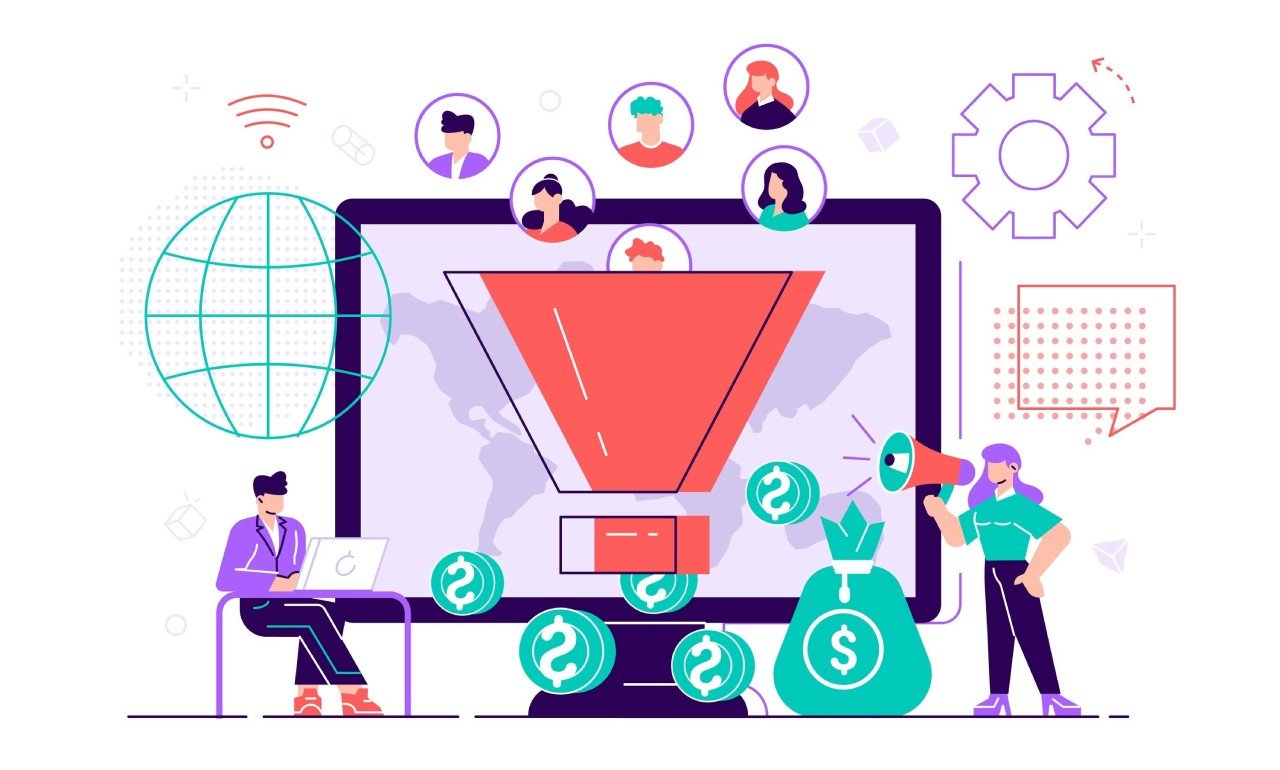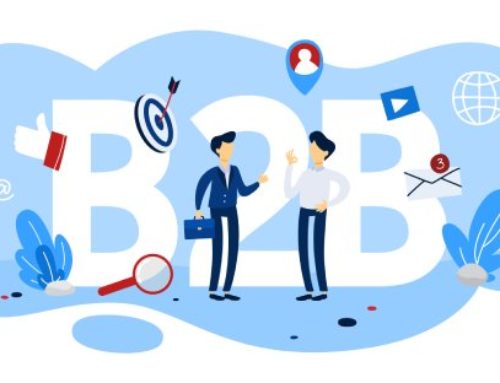
When we speak to leadership teams at startups regarding sales, one area in the sales funnel that often seems to be blind spot is demand generation. In our discussions around sales, we have valiant defences for other lagging sales metrics: low conversion rate, low sales productivity, lower average revenue etc. But when it comes to B2B demand generation, there’s almost no one to explain how it’s doing, much less on why it is not doing better or how it can do better.
Here’s how a typical conversation about demand generation goes:
What they talk about:
- List of activities being done for demand generation- online ads, email campaigns etc.
- Vague ballpark number for outcomes: “ We could be getting x-y leads per quarter”.
- ‘Broad sense’ about the quality of leads- usually not a positive one.
- A general view that sales team isn’t handling these leads well
What they don’t talk about:
- Conversion numbers or lost reasons
- Data backed view on performance of individual lead sources; at best some anecdotal evidence
- Goals or targets for demand generation & who’s accountable for the same
Seeing this across organisations has made us wonder why demand generation does not occupy more mindspace of leadership in startups. While organisations often call us to help with demand generation strategy & execution, any intervention in such a scenario has a high chance of failure unless we fix one thing first.
Demand generation is an orphan in most organization
Most organizations regard demand generation as a marketing function. B2B Marketing teams on the other hand look at lead generation as a small part of their work with branding, engagement and even PR. Lead generation comes in way below their list of priorities.
Sales teams on the other hand are rarely involved in B2B Saas demand generation decision making. Their involvement is limited to providing feedback around the volume & quality of leads that are coming in.
With such a setup, it is nearly impossible to move things forward. We’ve seen organizations stuck in this state for a long period of time if not till eternity with tactical changes in lead generation making little difference to outcomes.
Fixing B2B Demand generation accountability:
There are however (somewhat rare), instances where we’ve seen SAAS demand generation run smoothly. While there were multiple factors contributing to this there was one that stood out clearly.
These were organisations where the leadership team including sales leadership was deeply involved in the demand generation process.
Sales leadership brought in a unique perspective of opportunity cost of a sales person’s time. This led to changes in the demand generation process. The initial reaction was over filtration of leads: sales pushing marketing to adhere to very strict qualification criteria.
However as time passed, the approach changed from merely ‘blaming’ the marketing team to contributing to the demand generation process. More often than not, sales leadership realised that there’s only so much you can do for filtration with a form or a questionnaire.
Most of them had realised the need for another layer between demand generation and sales; usually an inside sales team.
B2B demand generation is one of the most critical components of building a successful sales organisation. There are multiple steps to developing a strong demand generation with constant reviews, frequent iterations and continuous optimizations. However,the first step has to be fixing accountability for demand generation. If demand generation KPIs aren’t one of the things that the organization leadership looks at periodically, there’s little chance that any intervention in the process will yield results.

If you need our help in Sales Development, please write back to me at saurabh@salesdesign.co.in
For more information B2B Lead Generation Get in touch



